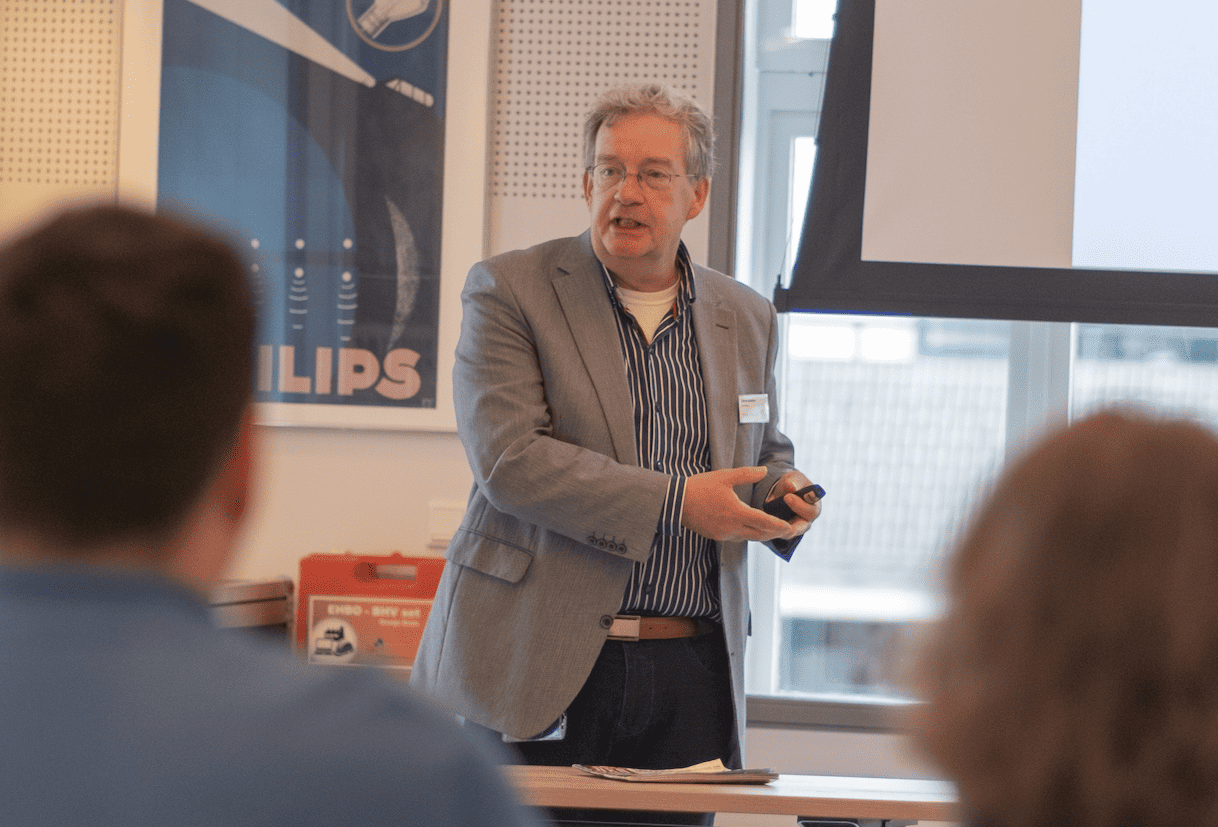

Last year, Antoine van Agtmael and Fred Bakker traveled the world and described their findings in their book “The Smartest Places on Earth“. Especially for the Brainport Eindhoven region, they found out that the success was mostly due to the ingenious way of collaborating between manufacturers and suppliers. The supply chain had developed into a value chain, they concluded.
One year later, Wim Steenbergen is offering the perfect follow-up: a how-to for Original Equipment Manufacturers (OEMs) looking for better ways to cooperate with their supply chain. After having worked for OEMs like Philips and Ericsson for more than twenty years, and dealing with dozens of suppliers, Steenbergen started working for such a typical OEM-supplier himself four years ago: NTS-group. He got the opportunity to look at the collaboration from another perspective. “It became obvious to me that this form of cooperation between OEMs and suppliers often resembled a quest, both for OEM and supplier. This encouraged me to bring an idea that had slowly arisen in my mind, into effect: to write a book.”
“Cooperation between OEMs and suppliers often resembled a quest”Wim Steenbergen,

(John Blankendaal and Wim Steenbergen – Photo (c) Yama Saraj)
With the help of, among others, John Blankendaal (Brainport Industries) and Marc Hendrikse (NTS) (“They first saw the value of sharing the content of this book with a wider audience”), the book finally came about. The result is a practical guide for OEMs as well as their suppliers to manage their relationship “from its first development project right through to its full implementation”. It describes the challenges that come with outsourcing development and life-cycle management, which all have to do with sharing risk.

The book introduces the subjects and terminology relevant for this type of cooperation in a way that the involved disciplines will understand the importance of it. Then it introduces a step-by-step plan to implement and manage the cooperation with lots of practical tools and real-life examples. In this way, it has become a handy management tool for innovation leaders in the high-tech industry, especially those who are looking for better ways to outsource their development and still keep the right balance with their supply chain.

Wim Steenbergen: Outsourcing Development and Life-Cycle Management, April 2017







